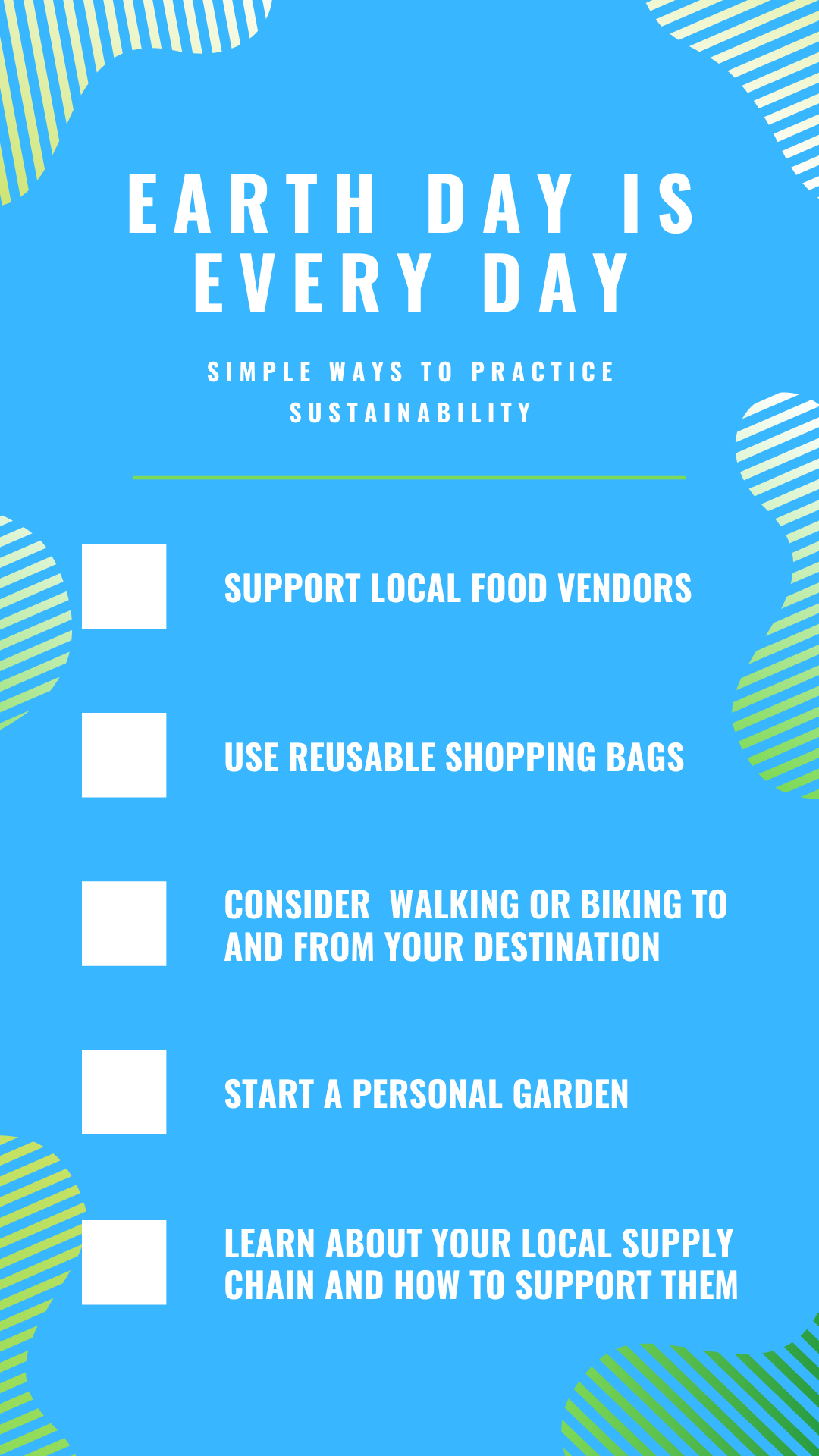W9R: Best practices for ending exclusive single-family zoning
W9R: You Pushed The Walk Button At An Intersection. So Why Don’t The Cars Stop?
Ever wonder what happens when you push the ‘Walk’ Button? Why some of them make noise and others don’t? Why it feels like they never work?
Read MoreW9R: Good News You Need to Know (Apr 2020)
Rather than sending out our usual updates, we wanted to switch gears this weekend. It might not be an escape from COVID-19, but it’s full of GOOD news. Good things are happening in our communities, and it makes our team feel hopeful to be reminded about them. We hope it brightens your day and does the same for you!
Read MoreW9R: The Problem with Transport Models is Political Abuse, Not Their Use in Planning
W9R: Transit Unplugged - DESIGNING TECHNOLOGY FOR PANDEMICS
Learning More about Canada's Queer History
Council will be discussing the proposed bylaw to ban conversion therapy on Monday, May 25, 2020.
During last week's committee meeting, 121 members of the public participated remotely, and over 1800 written submissions were sent to City Clerks. Many of these presentations were personal, difficult, and we appreciated the vulnerability it took to share them with us. Thank you for your incredible strength and bravery.
We also realized that centuries of shame, stigma, and discrimination have kept us from learning more about the history of Canada’s queer community and all they’ve done to make our lives safer and more inclusive. As such, we’re sharing these creative, educational resources from Day of Pink. If you’re planning to tune in tomorrow, we recommend printing out a copy or sharing it with a friend as a form of education, self-care, or simply a reminder that you are loved, supported, and certainly not alone.
DAY OF PINK COLORING BOOKS
1ST EDITION | 2ND EDITION | 3RD EDITION
International Day of Pink has one purpose, to create a more inclusive and diverse world. We do this by encouraging young people to challenge social norms, ask more of their educators, and stand up against bullying towards their 2SLGBTQIA+ peers. Over the years, [they] have worked with countless educators, politicians and organizations around Canada to spread this message and create young activists for this mission.
Why do ships have a gender?
Ever wonder why ships are referred to as “she”?
We looked into it and found some historical narratives you might find interesting…From folklore, to Her Majesty, to notions of nurturing and matronly protection, no one knows for sure. Regardless, it’s been a long-standing tradition that continues on with the Canadian Forces today.
“Why do ships have a gender?”
The Royal Navy has always gloried in its traditions, none more so than the tradition of naming ships. A ship’s name, motto and badge serve as a great source of pride for its crew and a historic pride in the tradition of ships’ forebears. Names such as Ark Royal, Queen Elizabeth, or Invincible have often been repeated in British naval vessels since the days of the age of sail.
Are Ships, Cars, and Nations Always Called 'She'?
It is not clear exactly when ships became female, but it is a long tradition. The earliest example of a ship being referred to as female in the Oxford English Dictionary entry for the word “she” is from circa 1380, and the dictionary includes an intriguing note that “the grammatical gender of the French words…may have influenced the translators.”
Pronoun Overboard, An Essay in the New Yorker
"It's one of those metaphors we live by. It's linked to the idea of the ship as an image for the state—a container, a womb. And it connects with the idea of the Church, ecclesia, enfolding bishops and clergy and kings the way a ship enfolds passengers and crew."
POEM: Why Is A Ship Called A She?
Males are always around her / Fussing about and messing around her / Exposing the top audaciously / She hides her bottom graciously / Men draws to her so lavishly / Surrounding her a little vigorously
“Ask a grown-up: why are boats called she?”
A naval historian at the National Maritime Museum answers eight-year-old Charlotte's question
Gender neutral boats on the rise as Maritime Museum vows to remove all signs referring to ships as 'she'
The decision taken by the Scottish Maritime Museum near Troon was sparked by vandals. Twice in four months, references to boats as "she" have been scratched out of information signs, forcing the charity’s director to scrap the gender-specific term altogether.
Celebrating the 50th Anniversary of Earth Day!
“Every day is Earth Day”
Ofcourse, it is. Being conscious about our consumption is something we (should) do on a daily basis.
On it’s 50th Anniversary, Earth Day is a a global event that brings citizens from over 190 countries to participate in activities that protect the environment and more importantly, to remind us that this work is ongoing.
This year’s theme is Climate Action - you can read more about the City of Calgary’s efforts to take action on climate change and consider how you can help support these strategies.
In the meantime, we invite you to consider these simple actions that go a long way to help protect the planet - today, and everyday! Download these templates, share them on social media, or simply keep around the house / on your device as a reminder - We’ve even included one to make your own!



Much Ado About Our Streets
DID YOU KNOW:
The City of Calgary is responsible for the planning, design, construction, maintenance and programming of Calgary's multi-use pathway system. Calgary's pathways connect along the Bow and Elbow Rivers, Fish Creek Provincial Park, Nose Creek, West Nose Creek, the Western Irrigation District Canal and the perimeter of Glenmore Reservoir. There’s another 290 km of on-street bikeways and cycle tracks. The Rotary/Mattamy Greenway is a 138 km pathway that loops around the city with many special amenities along the way.
Glossary: Calgary Pathways and Bikeways
Some of the amenities that can brighten up these trips include Calgary’s Public Art Collection, exploring Calgary’s cycling and walking route maps, or coming up with creative ways to enjoy enclosed private spaces like your own backyard while we figure out the best way to balance getting outside with current public health measures.
When the City first trialed temporary road closures to provide additional bike and pedestrian pathways, Calgarians were supportive. Since then, maintaining proper physical distancing has become difficult as these spaces become more crowded with patrons enjoying the return of spring.
Council is currently assessing all available options to make sure we can continue to enjoy being outside without increasing the risk for transmission. We’ve heard many suggestions from Ward 9 constituents about how we can make our streets more accessible. Some of these ideas are summarized below:
The Growth of Bicycle Networks in Canadian Communities in Response to COVID-19
Warmer weather means more and more people are looking to get outside for fresh air and exercise. On top of that, COVID-19 cabin fever is setting in. With more people out walking and cycling, physical distancing is increasingly a challenge.
In response, cities across Canada are re-balancing their streets. A decrease in car traffic and the increase in active transportation has opened up a great opportunity to dedicate more space for people, rather than cars.
The response so far has been disabling beg buttons (crosswalk request buttons), closing some driving and parking lanes, and in some cases, full street closures. This will continue to be adjusted as the spring progresses.
20 Avenue NW cycle track work inspired by southeast Calgary multi-use pathway
An official community-led request for a 20 Avenue NW connector hasn’t yet been made, said Natalie Coombs with the City of Calgary. They are aware of it as a potential connector route. It was identified as an on-street bikeway in the original city pathways plan and is included in the city’s new 5A network.
Coombs said recent work done on the North Hill Local Area Growth Plan identified future needs for these transportation corridors. There are pathway and bike lane improvements planned in on 24 Avenue NW for the Banff Trail Area Improvements.
Mapping How Cities Are Reclaiming Street Space
A few large cities, with established communities of pedestrian and cyclist advocates, have taken more drastic actions. At least seven U.S. and Canadian cities, including Portland, Minneapolis, and Calgary,* have temporarily stopped or limited access to vehicles on certain corridors in order to help walking, biking, and outdoor respite-taking happen in accordance with social distancing guidelines. Bogotá, Mexico City, and Berlin have all expanded cycling networks to make way for bikes, which have emerged as the non-car mode of choice in a time of social distance. Around the world, calls to increase urban sidewalk space to allow for safer pedestrian use are getting louder.
Canadian cities trail international peers on plans to remake city streets after the pandemic
“While [this pandemic is] challenging in this moment, it also offers us really this once-in-a-century chance to change course and undo some of the damage of a century of car-focused street design,” said Janette Sadik-Khan, the chair of the National Association of City Transportation Officials, which counts several Canadian cities as members.
Could this market design be the future of social-distance food shopping?
“Many households depend on the open-air market for their basic food needs. Closing the markets forces them to switch to the more expensive supermarkets, putting further financial pressure on these more vulnerable groups.” Shift proposes that these micromarkets be open five days a week, to further reduce crowds and reach more people.
Past pandemics changed the design of cities. Six ways COVID-19 could do the same
In the 20th century, tuberculosis, typhoid, polio and Spanish flu breakouts prompted urban planning, slum clearance, tenement reform, waste management and, on a larger level, Modernism itself, with its airy spaces, single-use zoning (separating residential and industrial areas, for instance), cleaner surfaces (think glass and steel) and emphasis on sterility.
Four reasons to bridge the urban-suburban divide
Suburbs that fail to provide walkable commercial real estate locations will likely find that businesses locate elsewhere. Providing “office parks” is not enough. Here are four important aspects of suburban office markets in the summer of 2017, according to CBRE Group, the largest commercial restate services and investment firm in the world.
A Tactical Urbanist Response to COVID-19
COVID-19 has emptied our public spaces and canceled our normal social interactions. In its wake, some communities have turned to tactical urbanism to adapt our infrastructure, accommodate safe physical distancing, and support a new kind of public life. Here’s how…
Which of these suggestions inspires you? What would you improve? Are there examples we’ve missed?
Let us know!
- Team Ward 9






